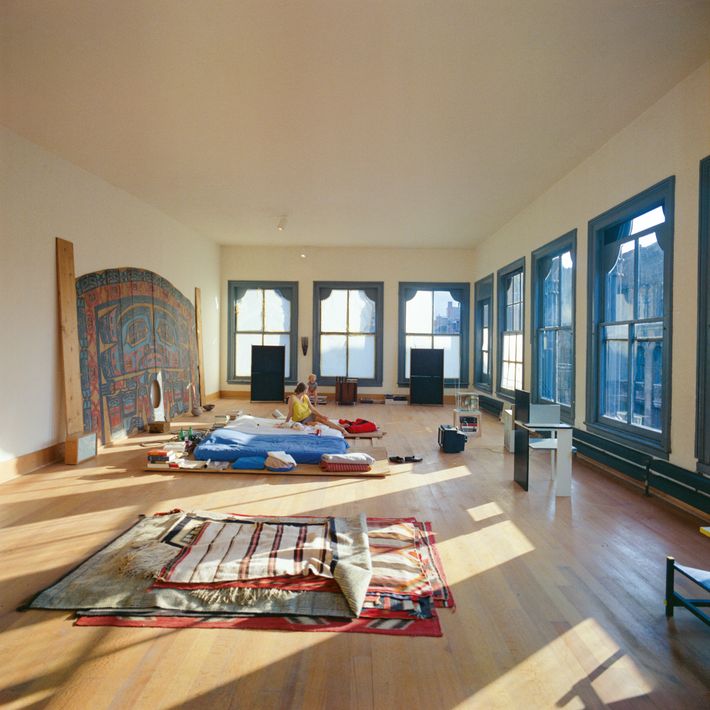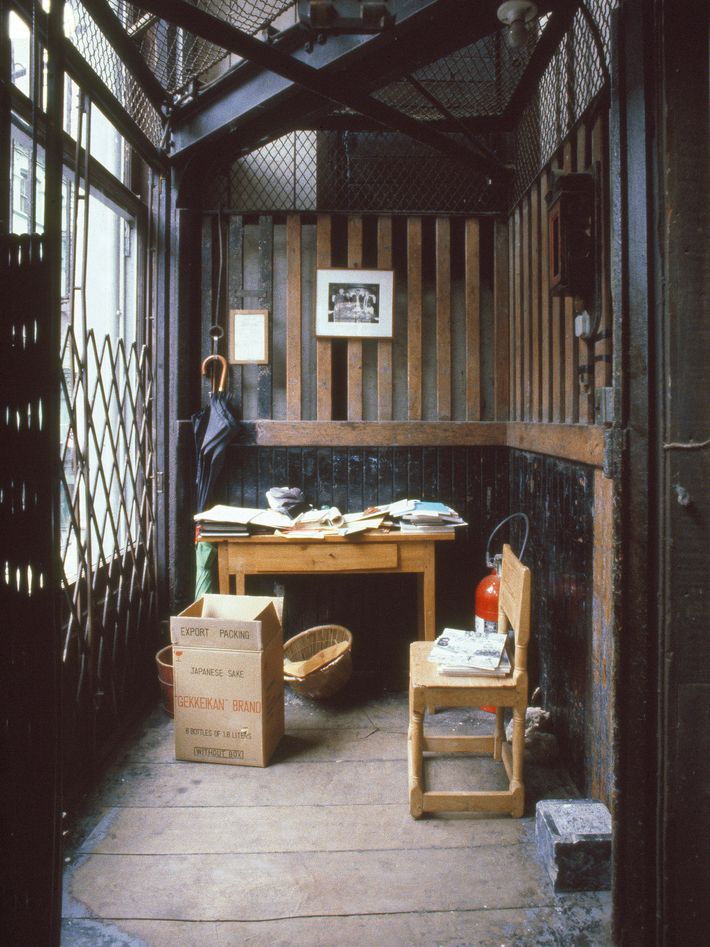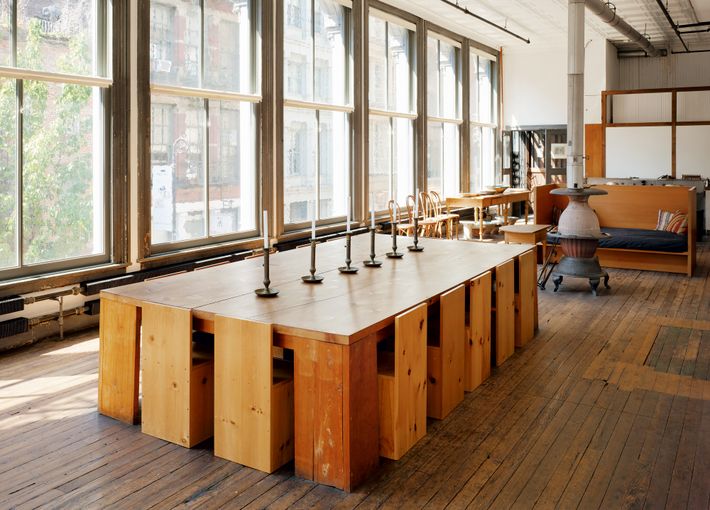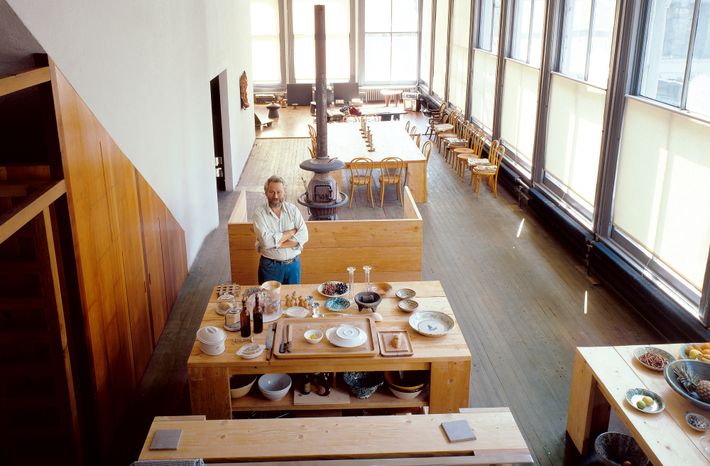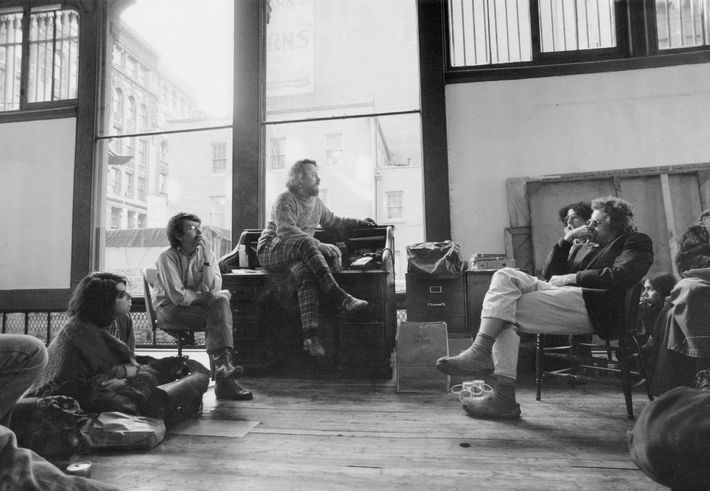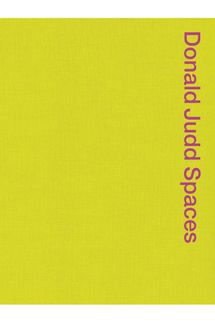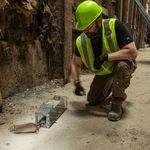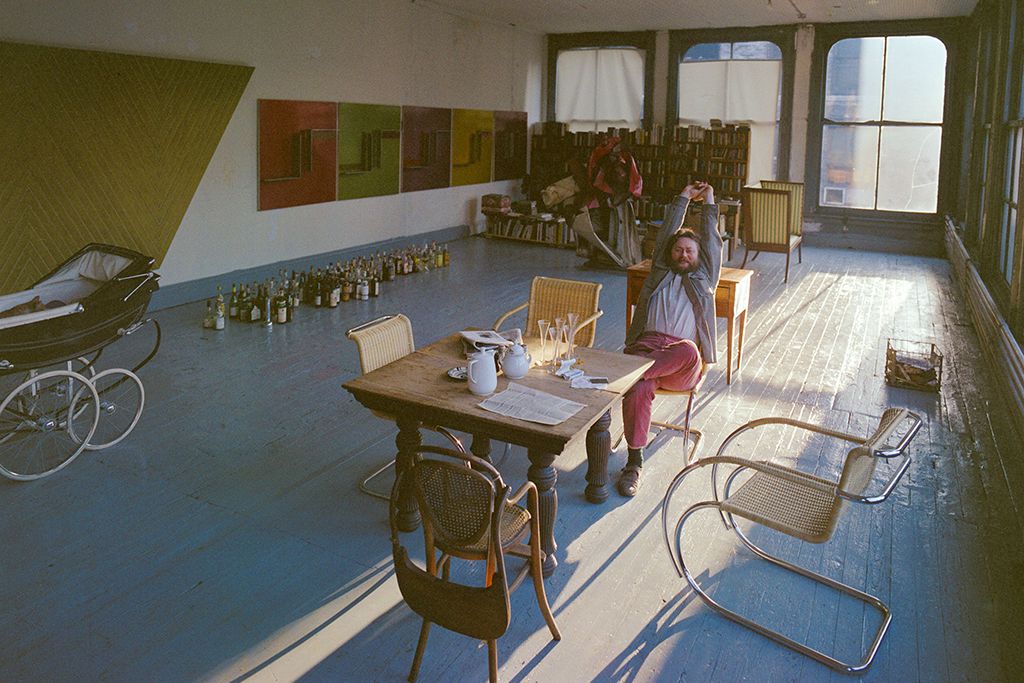
Earlier this year, I stopped by the Judd Foundation’s launch of Donald Judd’s “Dinner Service,” an eight-piece collection of dinner, bread, soup, salad, and dessert plates, along with a serving bowl and cup that Judd had designed in drawings. The collection had never been realized until his son, Flavin — who, along with his sister, Rainer, runs the Judd Foundation — worked with Puiforcat to bring it to life. During that visit to their father’s inimical house at 101 Spring Street, I was reminded of the book Donald Judd Spaces, featuring many photographs that had never been published before.
The New York City 101 Spring Street home of Judd has always been one of the most brilliant and somehow mysterious of his residences for me. The first time I went to 101 Spring Street, it felt like a house frozen in amber; this was before the 2010–2013 renovation that was needed to get the cast-iron 1870 building up to code in order to open it to the public to visit. Judd wrote about the house in the following essay which was published originally in 1989, five years before he died. This is what Judd, who had all sorts of opinions about how we should live our lives — certainly how he should live his — wrote in 1989 about 101 Spring, five years before his death.
In November 1968 I bought a cast-iron building in the Cast Iron District of New York City. The building was built in 1870 and designed by Nicholas Whyte, whose only other cast-iron building is in Brazil. I don’t know the first purpose of the building but suppose that something of cloth was made on the upper floors and sold on the lower ones, since many buildings in the area were stores, since the façade is fancy not like that of a warehouse, and since it is mostly glass. The building is on a corner and is a right angle of glass. The façade is the most shallow perhaps of any in the area and so is the furthest forerunner of the curtain-wall. The lot is only twenty-five by seventy-five feet. As usual, there are five stories and two basements, which originally were well-lit through the ground-level clerestory and the sidewalk.
The interior of the building was ruined. There had been a separate business on each floor, most with machines leaking oil. The trash was so much that Arman could have bought the building and left it alone. Around 1930, more than ten years after the Triangle fire, in which perhaps 140 women died because the fire escape doors were locked, which was a good reason to reform the building code, but which, as usual in the United States, was applied in excess and after the fact — they not only lock the barn door after the horse has been stolen, but burn the barn down to make sure it doesn’t happen again — a fire escape was constructed on the façade, requiring the removal of some of the detail, a concrete wall was built round the open stairway, destroying most of the mahogany railings, and a sprinkler system was installed against the inside of the façade. This was for a small building with few employees. The building had been treated badly, as most in the area had been, as most are. The entire Cast Iron District had been doomed for decades by the possibility of the Lower Manhattan Expressway cutting through it.
I thought the building should be repaired and basically not changed. It is a nineteenth-century building. It was pretty certain that each floor had been open, since there were no signs of original walls, which determined that each floor should have one purpose: sleeping, eating, working.
The given circumstances were very simple: the floors must be open; the right angle of windows on each floor must not be interrupted; and any changes must be compatible. My requirements were that the building be useful for living and working and more importantly, more definitely, be a space in which to install work of mine and of others. At first I thought the building large but now I think it small; it didn’t hold much work after all. I spent a great deal of time placing the art and a great deal designing the renovation in accordance. Everything from the first was intended to be thoroughly considered and to be permanent, as, despite several, it still is. The renovation and installation was begun in 1969 and was known by some who later used permanence to hide impermanence.
The building finally contained more work of others than of mine, but I thought of many works in regard to it, primarily rejected because they were elaborate and took too much space, and so went against the nature of the building. Other than leaving the building alone, then and now a highly positive act, my main inventions are the floors of the fifth and third floors and the parallel planes of the identical ceiling and floor of the fourth floor. The baseboard of the fifth floor is the same oak as that of the floor, making the floor a shallow recessed plane. There is no baseboard, there is a gap between the walls and the floor of the third floor, thus defining and separating the floor as a plane. These ideas were precedents for some small pieces and then for the 100 mill aluminum pieces in the Chinati Foundation. The renovation of the building and the permanent purpose of the building are precedents for the larger spaces in my place in Texas, La Mansana de Chinati, for the Chinati Foundation, and will be for Ayala de Chinati. —Donald Judd
More Great Rooms
- A ‘Radically Different’ Front Garden in Midwood, Brooklyn
- A Burlesque Family at Home
- The Selby’s New Book About Creatives With Kids at Home



